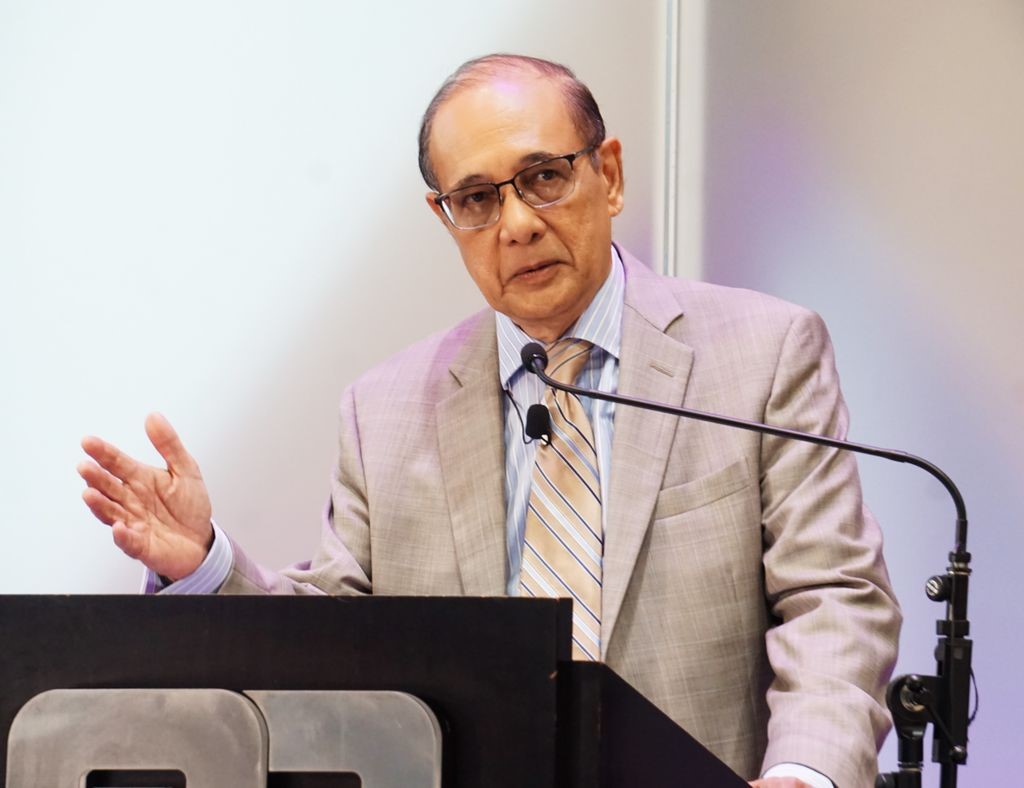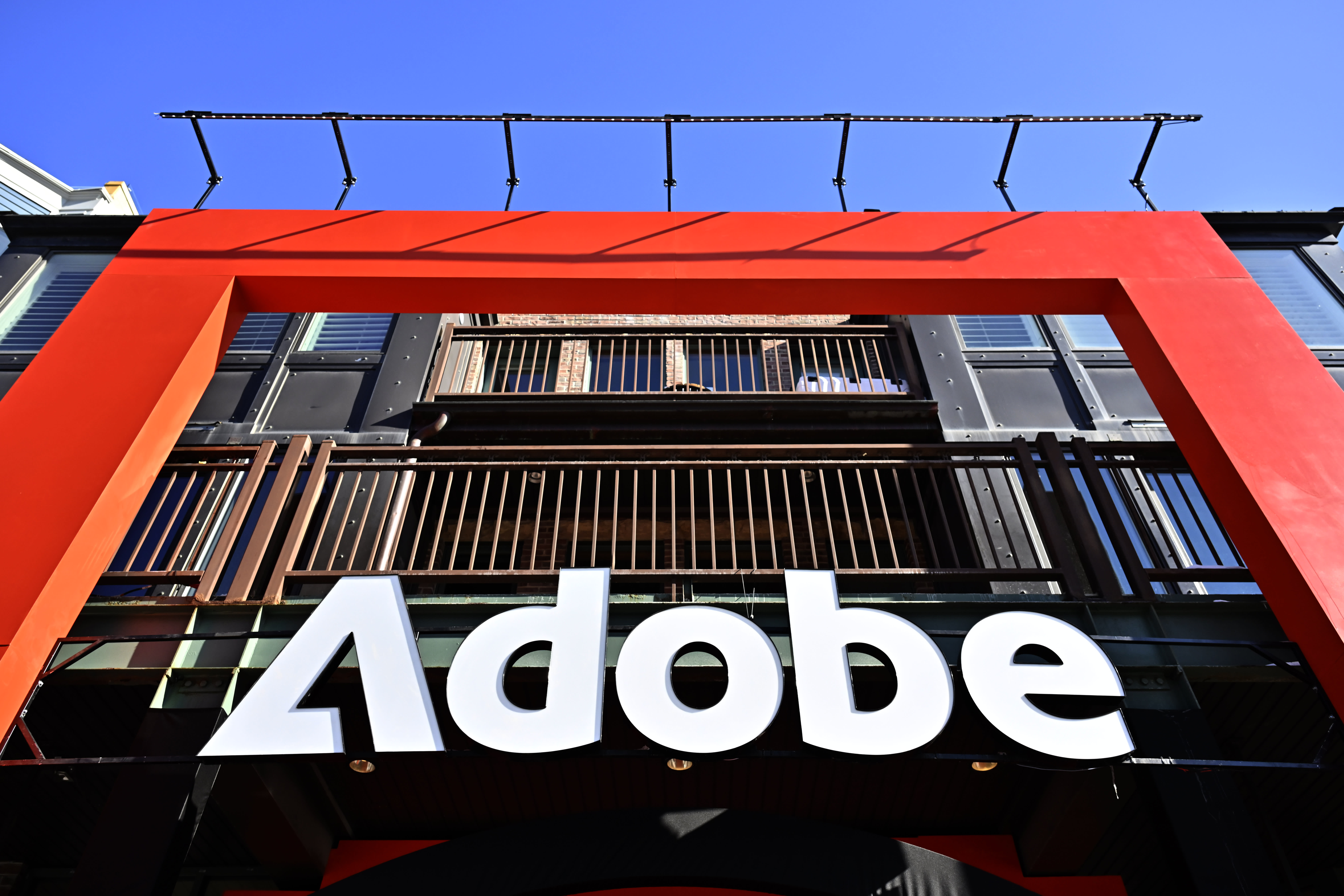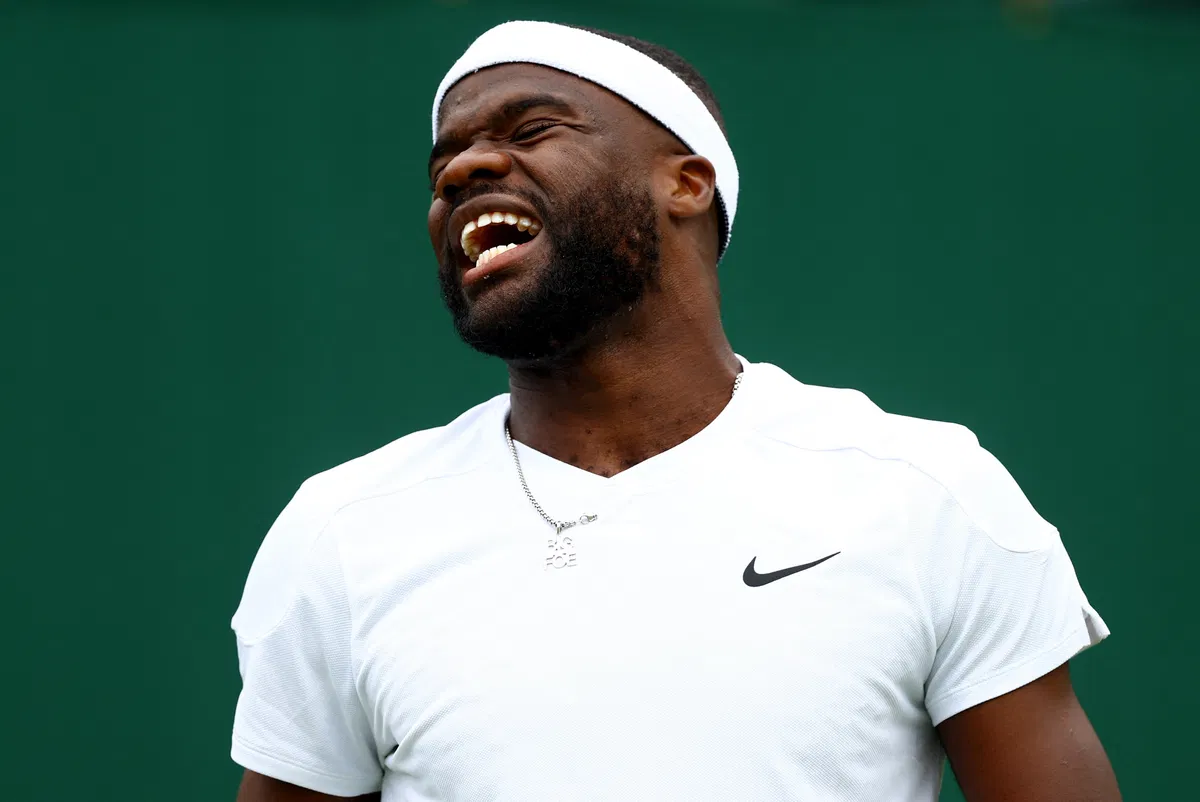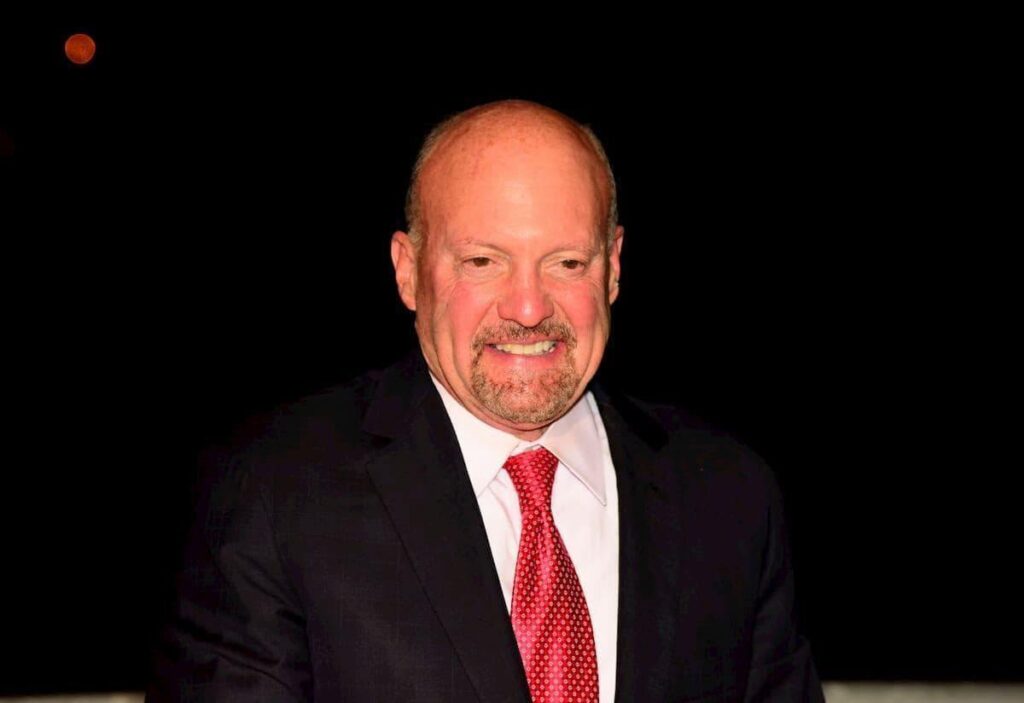By James Staynings,Last Word On Sports
Copyright yardbarker
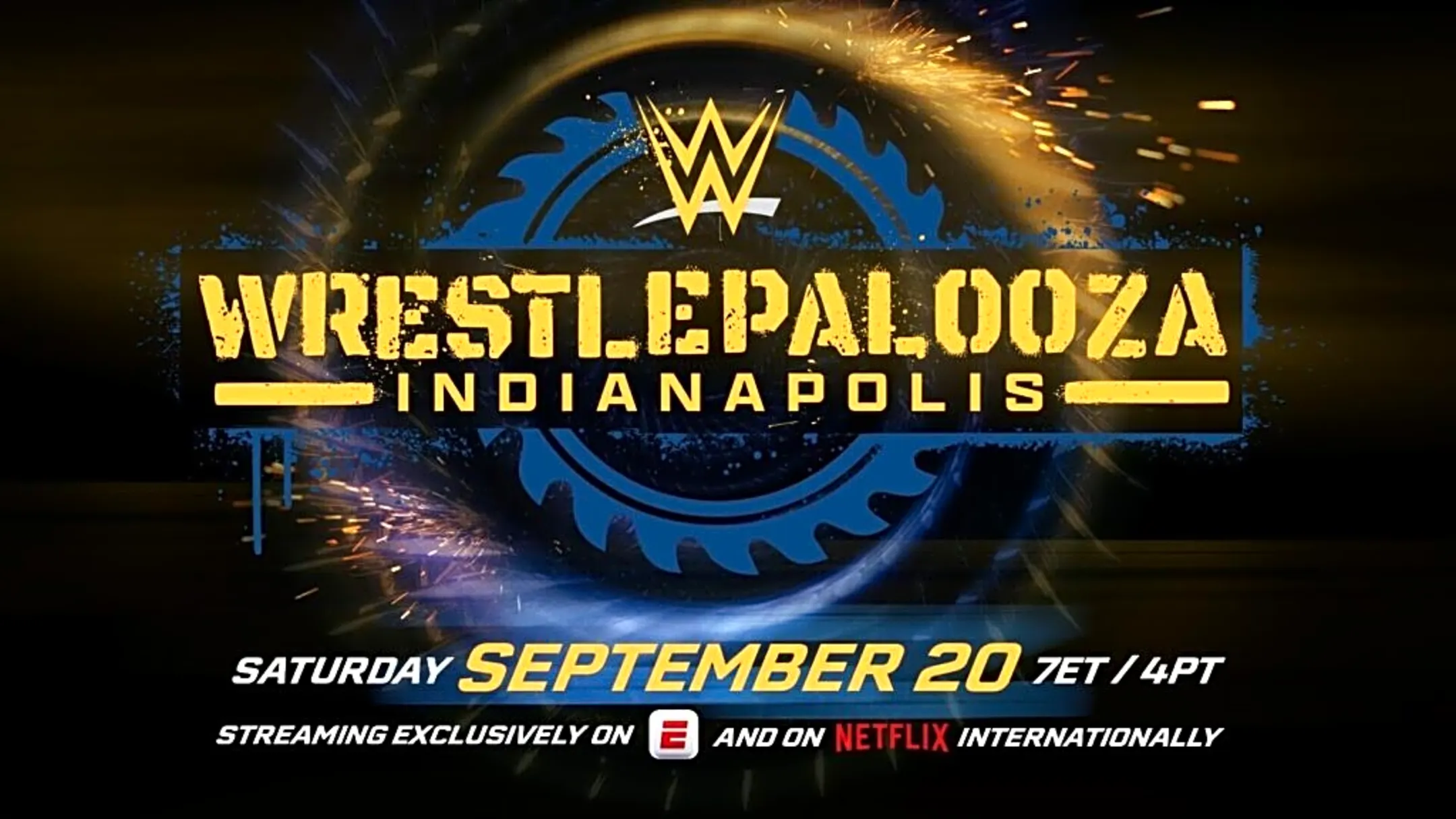
This weekend, WWE resurrects ECW’s Wrestlepalooza in Indianapolis, Indiana. Initially broadcast as a TV special for ECW in 1995, Paul Heyman sought to capitalise on the growing momentum of the third promotion of the Monday Night Wars.
The event’s name plays on the hugely popular traveling music festival, Lollapalooza. A title that appears to be an old idiom meaning an extraordinary or exceptional event or thing. Fitting for the time given, ECW’s distinct and diverse approach to wrestling, offering both extreme violence, no-holds-barred, and innovative wrestling, joined by rich storytelling. Although some fans theorize it might also have been lifted from a wrestling-themed episode of Marriage… with Children
The event wasn’t a yearly calendar fixture, with no versions of the event happening in 1996 and 1999, and it made it to PPV once. In some respects, the history of this secondary event reveals the greatness of Paul Heyman’s ability to accentuate the positives and hide the negatives with the realities behind the myth, revealing ECW’s limitations. In some ways, like AEW during its period of creative instability, riding it out is the best the promotion can do towards the next peak.
1995 – Early Days of Extreme
Intersecting storylines and showcasing incredible talent performing in matches, things you could not see in WWE or WCW. It was still the early days of ECW being Extreme after breaking away from the NWA. Injuries plague the roster. Another name is added to the list in match one. TJ Smith concussed himself with a suicide dive. The sympathetic crowd shouts: “You f###ed up”. However, the injury informs Smith and the future WWE World Champion’s character development.
The best matches and moments of the night came during and after the two eight-man tag matches. One for storyline progress, and the other is innovative action. Both feature Cactus Jack as a last-minute replacement.
Raven’s Nest and The Dudley Brothers (not Buh Buh or D-Von) fought Tommy Dreamer, The Pitbulls, and Cactus Jack. Before the contest, Raven told Jack how he understood his pain, planting the seeds for the finish. The saga of Dreamer vs. Raven had momentum. Dreamer looked on the verge of getting his first historic win against Raven after a piledriver on a steel chair…
Until Jack turned on Dreamer and ECW, which led to Jack’s infamous anti-hardcore run, after cutting a promo justifying his reasoning, Jack competed with Eddie Guerrero, Dean Malenko, and Too Cold Scorpio against Eddie Guerrero and The Steiners. What looked like an AEW party match stole the show and displayed the potential of all involved. The rest of the card was standard ECW fare.
1997 – The Promotion in a Nutshell
Peak storytelling and action make 1997 the best all-around Wrestlepaloolza. If there’s one show that gives you a taste of ECW at its best, the promotion in a nutshell, it’s the ’97 edition. All the classic ECW tropes from ring invasions, impromptu matches, and overbooking create a unique, exhilarating pace that would eventually become mechanical.
A solid undercard leads to a turning point in the feud between Tommy Dreamer and Raven. In a loser-leaves-town match, Dreamer overcomes his nemesis. It’s 16 minutes of story-driven brawling. The catharsis bleeds through Dreamer, but there’s no time to celebrate as Jerry Lawler, Rob Van Dam, and Sabu attack.
A spur-of-the-moment match between bitter rivals Sabu and Taz in an eight-minute sprint. Its pace and intensity. A shocking roll-up result from Sabu sees ECW TV champion, Shane Douglas, come to the ring and demand that Taz leave. Can you see where this is going?
After a short exchange and wager, Taz makes Douglas tap out in under three minutes! It’s short, sharp, and MMA-like in its brevity. Taz is a war machine. Followed by Perry Saturn, with a torn ACL, delivering an elbow drop off the top rope to retain The Eliminator’s ECW World Tag Team Championship, it’s emotive but stupid and dangerous finale.
It’s entertaining, and that more than makes up for the action’s limits. From Chris Candido working around Terry Funk’s physical limits to countless ref bumps throughout the big matches, the bluster helped to cover up the quality of in-ring action.
1998 – Extremely Uninspired
Finally, on PPV, the third time was not the charm. Billed itself as “invading enemy territory” in Marietta, Georgia, WCW country. If The Big Boss Man had been involved with the proceedings of Georgia legends honoured at the show, fans in attendance would have demanded they take the New York promoter to jail.
None of the matches seemed to click on the night. From top to bottom, the violence of ECW, rather than helping ECW, exposed its wrestlers’ restrictions. Even the best contest of the show, Rob Van Dam vs. Sabu, was clunky, detached, saw Sabu puke, and the crowd was chanting for Junkyard Dog. Dreamer and Sandman vs. The Dudleys is standard plunder-fair.
The action and storytelling of the main event underwhelm. Shane Douglas, ECW World Heavyweight Champion, fights against the odds of countless injuries and is falling apart.
A call back to the last Wrestlepoolazo with Taz is a bait and switch ahead of the main event. Douglas’ opponent, Al Snow, is a form away from a psychiatric ward. Yet Snow is red hot. Everyone loves Head.
Instead of taking a creative risk, Heyman settled for boring. Conspiracy theorists who believe Triple H ripped off Douglas’ The Franchise gimmick could make links between the way booking is designed so that Douglas must pose at the expense of the potential new star with The Game’s Reign of Terror.
That’s not to say Al Snow as ECW World Heavyweight Champion would have changed the business, but the crowd wanted what was teased. The ring was littered with Styrofoam heads post-main event. No one bought a face turn from Douglas.
It’s a highly uninspiring night that showed Heyman’s creative genius could fail.
